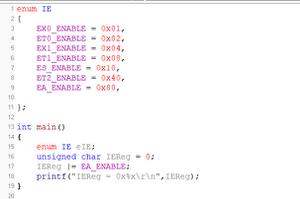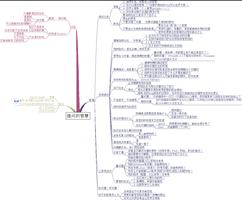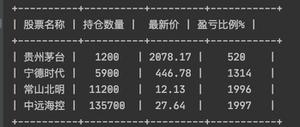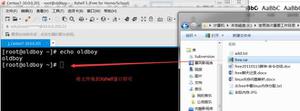Python-将嵌套字典列表转换为Pandas Dataframe
python很多时候会从各种来源接收数据,这些数据可以采用不同的格式,例如csv,JSON等,可以转换为python列表或字典等。但是要使用诸如pandas之类的包应用计算或分析,我们需要将此数据转换为一个数据框。在本文中,我们将看到如何将给定的python列表(其元素为嵌套字典)转换为pandas Datframe。
我们首先获取嵌套字典的列表,然后从中提取数据行。然后,我们创建另一个for循环,以将行附加到最初创建为空的新列表中。最后,我们在pandas库中应用DataFrames函数来创建数据框。
示例
import pandas as pd# 给定嵌套字典
list = [
{
"Fruit": [{"Price": 15.2, "Quality": "A"},
{"Price": 19, "Quality": "B"},
{"Price": 17.8, "Quality": "C"},
],
"Name": "Orange"
},
{
"Fruit": [{"Price": 23.2, "Quality": "A"},
{"Price": 28, "Quality": "B"}
],
"Name": "Grapes"
}
]
rows = []
# 获取行
for data in list:
data_row = data['Fruit']
n = data['Name']
for row in data_row:
row['Name'] = n
rows.append(row)
# 转换为数据框
df = pd.DataFrame(rows)
print(df)
运行上面的代码给我们以下结果-
输出结果
Price Quality Name0 15.2 A Orange
1 19.0 B Orange
2 17.8 C Orange
3 23.2 A Grapes
4 28.0 B Grapes
应用枢轴
我们还可以应用pivot_table函数以所需的方式重新组织数据。
示例
import pandas as pd# 嵌套字典初始化列表
list = [
{
"Fruit": [{"Price": 15.2, "Quality": "A"},
{"Price": 19, "Quality": "B"},
{"Price": 17.8, "Quality": "C"},
],
"Name": "Orange"
},
{
"Fruit": [{"Price": 23.2, "Quality": "A"},
{"Price": 28, "Quality": "B"}
],
"Name": "Grapes"
}
]
#print(list)
rows = []
# 追加行
for data in list:
data_row = data['Fruit']
n = data['Name']
for row in data_row:
row['Name'] = n
rows.append(row)
# 使用数据框
df = pd.DataFrame(rows)
df = df.pivot_table(index='Name', columns=['Quality'],
values=['Price']).reset_index()
print(df)
运行上面的代码给我们以下结果-
输出结果
Name PriceQuality A B C
0 Grapes 23.2 28.0 NaN
1 Orange 15.2 19.0 17.8
以上是 Python-将嵌套字典列表转换为Pandas Dataframe 的全部内容, 来源链接: utcz.com/z/361599.html







